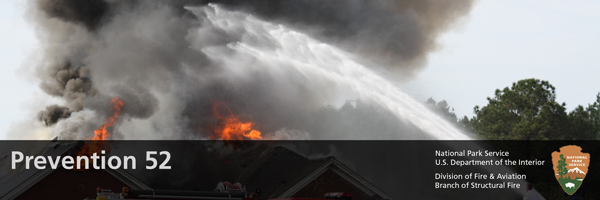
In the world of fire prevention, automatic sprinkler systems are consistently touted as one of the most valuable fire safety tools, as the systems protect lives and reduce property damage from fire. Studies continuously demonstrate that your chance of dying in a fire is reduced by 80% in a building with a sprinkler system and property damage can be reduced as much as 71%.
Interestingly, besides protecting life and property, automatic fire sprinklers also help our efforts to help the planet. By extinguishing a fire early, during its incipient stage, automatic fire sprinklers provide enormous environmental benefits:
- Significantly lowers greenhouse gas emissions, such as carbon dioxide, nitrous oxide, and methane, byproducts of combustion, by 99%.
- Reduces potable water consumption up to 91%. An average fire requires the discharge of 3,524 gallons of water by a fire department, while a typical home sprinkler system operating for 10 minutes discharges only 280 gallons.
- Lessens the release of particulate matter that can be carcinogenic and cause irritation for people who are asthmatic or have other respiratory conditions.
- Reduces the amount of polluted runoff, which can contain toxic substances produced by the fire, into aquifers, lakes, and streams, and can affect drinking water.
- Decreases the amount of fire damage by 97%, which lowers the amount of damaged building materials that end up in a landfill. On average, 1.15 tons of building materials are burned in a residential fire.
- Cuts the amount of fuel used by fire apparatus. When idling, fire engines use four to six gallons of diesel per hour; aerial devices use three to four gallons per hour; and heavy rescue trucks can use two to three gallons per hour.
The positive environmental impact of automatic fire sprinklers is tremendous; it can even lead to a reduction in medical waste from treating fire-related injuries of firefighters and civilians. Michael Klemenz, an upstate New York fire protection engineer, said it best: "The greenest thing we can do is put the fire out."
Fire Info for You
Employees
If you're building a new home, consider installing residential fire sprinklers in it to protect your investment, your family, and the environment. As a result of continued innovations in the industry, fire sprinklers are now more affordable and typically cost 1-1.5% of the cost of a new home, comparable to a carpet upgrade or a whirlpool bathtub.
View The Environmental Impact of Automatic Fire Sprinklers, a YouTube video outlining research released by FM Global, a commercial property insurance company, and the nonprofit Home Fire Sprinkler Coalition.
Learn more about residential fire sprinklers and test your related I.Q. by visiting the U.S. Fire Administration's Home Fire Sprinklers Save Lives web page.
Take Action
If you live in a house with residential fire sprinklers:
- Be sure to give the systems ample room to operate in the event of a fire incident. Do not store items within 18 inches of sprinkler heads, which are found on ceilings and upper walls.
- Do not hang clothing, decorations, or other objects from them.
NPS Fire Facts
In 2012 at Minuteman National Historical Park, the Wayside House, a 300-year old "house museum," and its 1,300 items of historic value were saved by an automatic sprinkler system installed in the structure's attic. One sprinkler head extinguished a fire eight feet away, which resulted in a small five-foot by four-foot section of damaged roof and minimal water damage.
View this educational presentation created to highlight this great save, and learn the lessons of this fire.
Last updated: December 1, 2016
